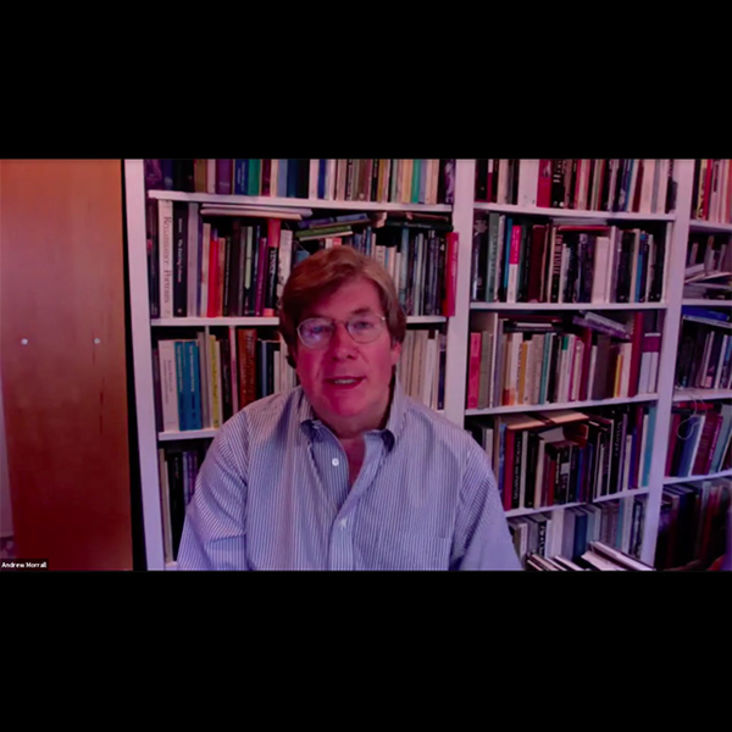Interview with Andrew Morrall
What brought you to the BGC?
I arrived with a background in teaching Northern Renaissance Art and in the decorative arts. My research into the Reformation and its consequences upon the arts had led naturally to a consideration of the place of craft and the domestic arts in an era of widespread iconophobia. The offer of a position at the BGC thus offered a welcome opportunity to develop courses around my research interests.
What are your areas of interest?
My areas of interest include the arts and material culture of early modern Northern Europe, art and Reformation society, aesthetics, the theory of representation, and the history of collecting. I recently completed a study of the making and marketing of scientific instruments to the courts in 16th-century Augsburg (in Mapping Markets for Paintings in Europe, 1450-1750, edited by Neil De Marchi and Hans J. VanMiegroet, Brepols, 2006); and an exploration of the changing iconography and understanding of the Cardinal and Theological Virtues in the period of the Reformation (in Art Reformed? Reassessing the Impact of the Reformation on the Visual Arts, edited by Tara Hamling and Richard Williams, Cambridge Scholars Press, 2007). I am currently completing a book–length study of the history and theory of Northern Renaissance ornament as well as working on the BGC/Met collaborative exhibition on English embroidery of the 17th century, which will open in the Winter of 2008.
How does your work fit in the BGC mission?
In general, I am interested in objects and the way they can embody knowledge of one sort or another. One of my current interests lies in examining the ways architectural and domestic ornament (high and low) and the objects on which it was inscribed intersected with themes of social, political, religious and intellectual life in 16th-century Northern Europe; and to establish ornament less as a branch of the “decorative arts” per se than as a mode of visual address, which could embody and was often intended to proclaim definable social, political, ideological or cultural values. The ambition is thus to claim the visual sphere of ornament as a medium of cultural and social experience, and to suggest that its study can offer evidence for understanding early modern mentalités as much as other provinces of culture, which are traditionally apprehended and examined via documents and texts. The underlying assumption is that ornament, like speech or other forms of literary discourse, was a language of some flexibility that contemporaries used in a variety of different ways: to project a social identity, a civil or domestic ideal, or a religious or ethical aspect of themselves; or by which they could proclaim adherence to a social group or a particular set of values, or conversely differentiate themselves from others.
What do you hope to pass on to your students?
I would like them to come away with knowledge of and an enthusiasm for the arts and history of early modern Europe. I hope that they will develop critical skills in the inductive study of objects and broadly in the conducting of historical research; most of all, that they realize the past is indeed another country and take pleasure in the creative and imaginative task of recreating it.















